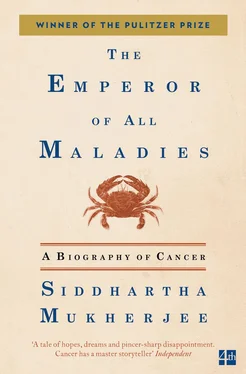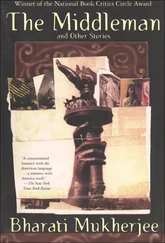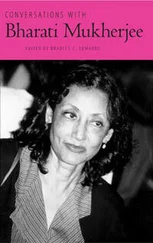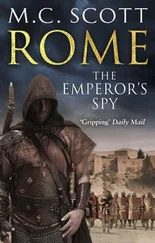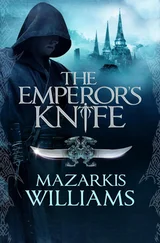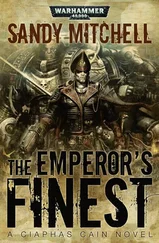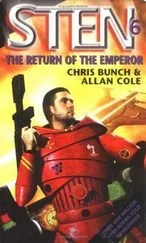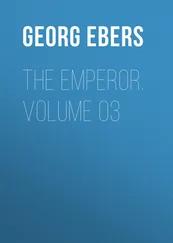Immersed in the day-to-day management of cancer, I could only see the lives and fates of my patients played out in color-saturated detail, like a television with the contrast turned too high. I could not pan back from the screen. I knew instinctively that these experiences were part of a much larger battle against cancer, but its contours lay far outside my reach. I had a novice’s hunger for history, but also a novice’s inability to envision it.

But as I emerged from the strange desolation of those two fellowship years, the questions about the larger story of cancer emerged with urgency: How old is cancer? What are the roots of our battle against this disease? Or, as patients often asked me: Where are we in the “war” on cancer? How did we get here? Is there an end? Can this war even be won?
This book grew out of the attempt to answer these questions. I delved into the history of cancer to give shape to the shape-shifting illness that I was confronting. I used the past to explain the present. The isolation and rage of a thirty-six-year-old woman with stage III breast cancer had ancient echoes in Atossa, the Persian queen 5who swaddled her diseased breast in cloth to hide it and then, in a fit of nihilistic and prescient fury, had a slave cut it off with a knife. A patient’s desire to amputate her stomach, ridden with cancer—“sparing nothing,” as she put it to me—carried the memory of the perfection-obsessed nineteenth-century surgeon William Halsted, who had chiseled away at cancer with larger and more disfiguring surgeries, all in the hopes that cutting more would mean curing more.
Roiling underneath these medical, cultural, and metaphorical interceptions of cancer over the centuries was the biological understanding of the illness—an understanding that had morphed, often radically, from decade to decade. Cancer, we now know, is a disease caused by the uncontrolled growth of a single cell. This growth is unleashed by mutations—changes in DNA that specifically affect genes that incite unlimited cell growth. In a normal cell, powerful genetic circuits regulate cell division and cell death. In a cancer cell, these circuits have been broken, unleashing a cell that cannot stop growing.
That this seemingly simple mechanism—cell growth without barriers—can lie at the heart of this grotesque and multifaceted illness is a testament to the unfathomable power of cell growth. Cell division allows us as organisms to grow, to adapt, to recover, to repair—to live. And distorted and unleashed, it allows cancer cells to grow, to flourish, to adapt, to recover, and to repair—to live at the cost of our living. Cancer cells grow faster, adapt better. They are more perfect versions of ourselves.
The secret to battling cancer, then, is to find means to prevent these mutations from occurring in susceptible cells, or to find means to eliminate the mutated cells without compromising normal growth. The conciseness of that statement belies the enormity of the task. Malignant growth and normal growth are so genetically intertwined that unbraiding the two might be one of the most significant scientific challenges faced by our species. Cancer is built into our genomes: the genes that unmoor normal cell division are not foreign to our bodies, but rather mutated, distorted versions of the very genes that perform vital cellular functions. And cancer is imprinted in our society: as we extend our life span as a species, we inevitably unleash malignant growth (mutations in cancer genes accumulate with aging; cancer is thus intrinsically related to age). If we seek immortality, then so, too, in a rather perverse sense, does the cancer cell.
How, precisely, a future generation might learn to separate the entwined strands of normal growth from malignant growth remains a mystery. (“The universe,” the twentieth-century biologist 6J. B. S. Haldane liked to say, “is not only queerer than we suppose, but queerer than we can suppose”—and so is the trajectory of science.) But this much is certain: the story, however it plays out, will contain indelible kernels of the past. It will be a story of inventiveness, resilience, and perseverance against what one writer called the most “relentless and insidious enemy” among human diseases. But it will also be a story of hubris, arrogance, paternalism, misperception, false hope, and hype, all leveraged against an illness that was just three decades ago widely touted as being “curable” within a few years.

In the bare hospital room ventilated by sterilized air, Carla was fighting her own war on cancer. When I arrived, she was sitting with peculiar calm on her bed, a schoolteacher jotting notes. (“But what notes?” she would later recall. “I just wrote and rewrote the same thoughts.”) Her mother, red-eyed and tearful, just off an overnight flight, burst into the room and then sat silently in a chair by the window, rocking forcefully. The din of activity around Carla had become almost a blur: nurses shuttling fluids in and out, interns donning masks and gowns, antibiotics being hung on IV poles to be dripped into her veins.
I explained the situation as best I could. Her day ahead would be full of tests, a hurtle from one lab to another. I would draw a bone marrow sample. More tests would be run by pathologists. But the preliminary tests suggested that Carla had acute lymphoblastic leukemia. It is one of the most common forms of cancer in children, but rare in adults. And it is—I paused here for emphasis, lifting my eyes up—often curable.
Curable. Carla nodded at that word, her eyes sharpening. Inevitable questions hung in the room: How curable? What were the chances that she would survive? How long would the treatment take? I laid out the odds. Once the diagnosis had been confirmed, chemotherapy would begin immediately and last more than one year. Her chances of being cured were about 30 percent, a little less than one in three.
We spoke for an hour, perhaps longer. It was now nine thirty in the morning. The city below us had stirred fully awake. The door shut behind me as I left, and a whoosh of air blew me outward and sealed Carla in.
Part One “Of blacke cholor, without boyling”
In solving a problem of this sort 7, the grand thing is to be able to reason backwards. That is a very useful accomplishment, and a very easy one, but people do not practice it much.
—Sherlock Holmes, in Sir Arthur Conan Doyle’s A Study in Scarlet
“A suppuration of blood” 15
Physicians of the Utmost Fame 8
Were called at once; but when they came
They answered, as they took their Fees,
“There is no Cure for this Disease.”
—Hilaire Belloc
Its palliation is a daily task 9, its cure a fervent hope.
—William Castle, describing leukemia in 1950
In a damp 10fourteen-by-twenty-foot laboratory in Boston on a December morning in 1947, a man named Sidney Farber waited impatiently for the arrival of a parcel from New York. The “laboratory” was little more than a chemist’s closet, a poorly ventilated room buried in a half-basement of the Children’s Hospital, almost thrust into its back alley. A few hundred feet away, the hospital’s medical wards were slowly thrumming to work. Children in white smocks moved restlessly on small wrought-iron cots. Doctors and nurses shuttled busily between the rooms, checking charts, writing orders, and dispensing medicines. But Farber’s lab was listless and empty, a bare warren of chemicals and glass jars connected to the main hospital through a series of icy corridors. The sharp stench of embalming formalin wafted through the air. There were no patients in the rooms here, just the bodies and tissues of patients brought down through the tunnels for autopsies and examinations. Farber was a pathologist. His job involved dissecting specimens, performing autopsies, identifying cells, and diagnosing diseases, but never treating patients.
Читать дальше
